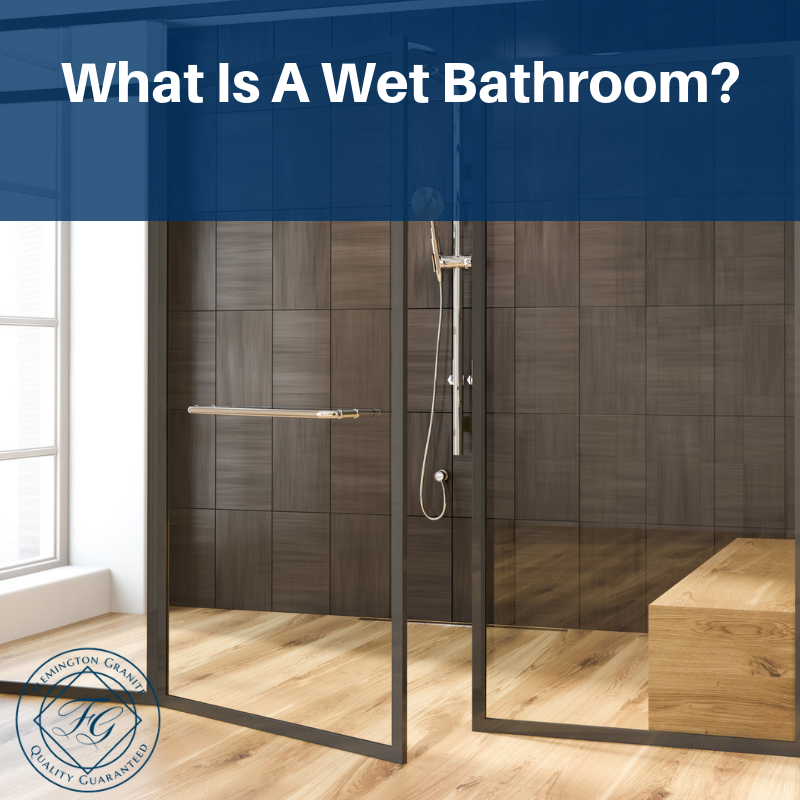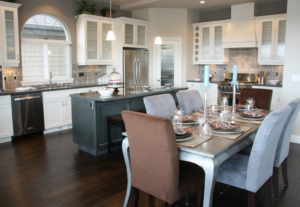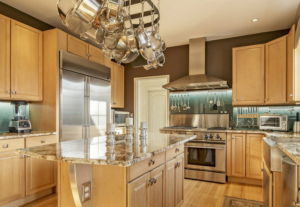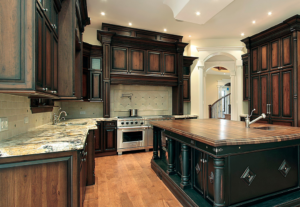
We all know the biggest woes of a bathroom – water, water everywhere. Sometimes, our shower curtains don’t close perfectly, and without our realizing it, we’ve saturated the floor and surrounding area with water. In the case of an enclosed shower, sometimes seals give way, causing the same problem.
Still other times, we get out of the shower, instantly a little chilled in spite of the stream enshrouding us, eager to get toweled off and retrieve that invigorating cup of morning coffee. Unwittingly, we slough off seemingly a gallon of water off ourselves as we do. This water is actually harmful to your bathroom, believe it or not.
Water does a lot of damage, eating away at caulk, drywall, the baseboard, cabinets, you name it. There is, after all, a reason for carpet not being a common element in bathrooms due to the destructive nature of water. Pretty much the only things it doesn’t damage are tiled walls, tiled floors, and the porcelain of the commode and sink.
One would think that a fully waterproof bathroom could be pretty easy to design in the modern world, with our wondrous materials and engineering. Well, the fact of the matter is, we have. The wet bathroom has been a fairly common sight in Europe, Asia, the Middle East, and Australia for some time now, but is much more rare in the Americas for the moment. However, if you do spend time in higher-end hotels across the country, you’ve probably experienced one at least once, as they slowly creep into popularity by the more risk-taking architects and designers out there.
What’s a Wet bathroom, Anyhow?
A wet bathroom is precisely what you’d expect – a bathroom entirely waterproofed. The furniture (cabinets, drawers etc.), the walls, the floors, even the ceiling in most cases, are made of water-tight and waterproof materials such as ceramics, porcelain, stainless steel, stone, and laminates.
The floor has a slight grade from corner to corner, allowing all water into one or more central drains, often nearest to the shower. There will be an absence of enclosures around the shower and/or tub. In the absence of a tub (more and more people prefer just a shower), the shower will simply occupy a corner of the room in a rather unceremonious way.
Something you will notice straight away is that most wet bathrooms are on the smaller side, and this is for a few good reasons, which we’ll talk about now, with the pros and cons of this concept.
Pros and Cons of Wet Bathrooms
Pros
There are advantages to a wet bathroom, the primary one being that, obviously, water damage isn’t an issue with these, provided everything is sealed and placed correctly. Gone are the days of worrying about dripping water hazardously across delicate surfaces, and the claustrophobic nature of enclosures and shower curtains can be done away with as well.
This also adds some convenience. If you forgot something on the counter, or find yourself, mid-shower, in need of the commode (it happens to us all), you needn’t worry about the water mess this would usually create.
The absence of that enclosure also provides better light, which is always good. Shaving in the shower – especially a regular struggle for women or athletes who go beyond just facial grooming – is much easier in an open environment like this.
Cons
Of course, this is a tradeoff, because this does have its downsides. Implementing a wet bathroom in a larger space brings the problem of a chillier showering experience, as the steam isn’t contained. Anyone who’s had to shower in a more open, spacious environment (such as open-air stalls at campgrounds, or when the shower curtain is broken) can vouch for the fact that the contained steam is pretty integral in the warm experience we all take for granted.
Even in a smaller space, you may notice it being less warm for most of your shower, though in these small spaces, the difference is mild enough you’re likely to acclimate within a week or two.
Another issue is, this provides far more surface to clean soap scum, mildew, and hard water deposits off of. Imagine if the whole bathroom was like your shower walls.
Finally, this can produce more risk of slipping and falling, as the whole bathroom is slick with steam condensation and temporarily-pooling water. Bath mats aren’t very practical, as the environment would destroy them quite rapidly.
Is a wet bathroom right for you? Only you can tell, but weigh the benefits and downsides carefully before making the definitely not cheap investment in this idea, and be sure your space isn’t too big for it.






